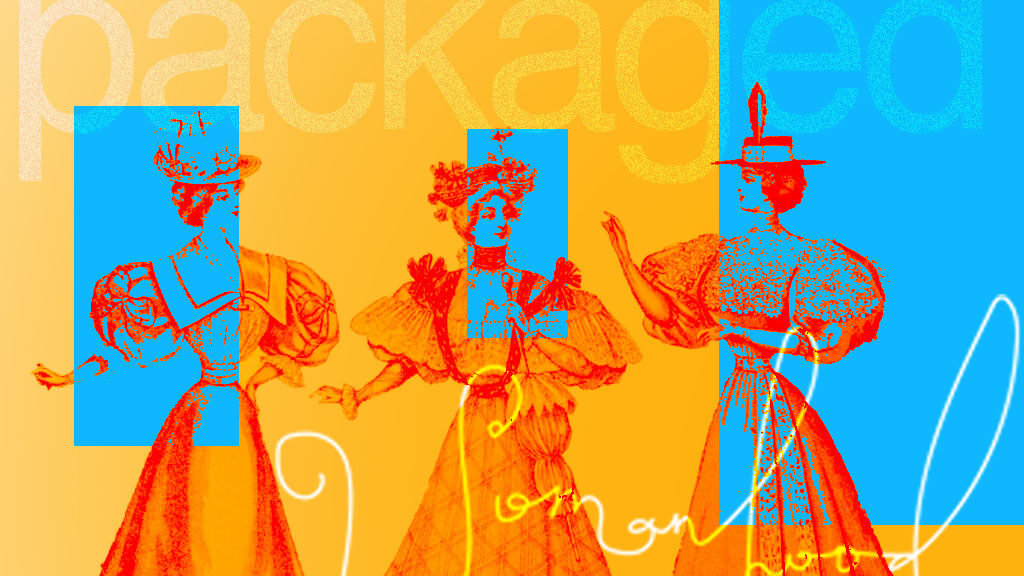While television has included characters with disabilities, they haven’t steered away from showing them in a stereotypical light. Popular shows medical dramas like Grey’s Anatomy and Chicago Med aren’t excluded in this. In fact, after watching both of these shows, I believe they were two of the most stereotypical displays of people with disabilities. What makes these displays even worse is they are about the same across television, creating a constant image of a person with a disability needing help or playing a victimized character for the viewers. This constant image can lead to a downward spiral of how a person views someone with a disability, leading to bullying and mental health issues for the victim—in some cases even suicide. While research is limited, adults with disabilities are roughly three times more likely to commit suicide.
Bullying due to a disability based on how it was shown on television is something I have experienced myself. Epilepsy is shown the same way in every television show or movie—the whole foaming at the mouth, uncontrollable shaking, memory loss, barely being able to care for themselves, etc. When many people hear someone say they have Epilepsy, that is typically the first place their mind goes when in reality it isn’t truly like that. Hearing questions about Epilepsy based on what is shown on a television and having people say that they’d never go out in public with me because they wouldn’t want to have to deal with me having a seizure—or will be embarrassed to be seen with someone that had one—got to me mentally.
Being outcasted from stereotypes of disabilities fueled by television goes for many disabilities. I have friends and family with varying disabilities such as Autism and Down’s Syndrome and they have experienced bullying and mocking based on what was shown on television as well. One of them started home schooling because the bullying got so bad, he had anxiety over the thought of having to go to school. It didn’t help him that our school wasn’t too tough on bullying because ‘kids will be kids’ and they ‘probably don’t mean it.’
We as a society have a long way to go in improving the view people have of those with a disability. While television has made some movements to improve the portrayal of someone with a disability with shows like The Good Doctor, the precedent is so deep-seated that it will take more than a few shows to help turn around the negative stereotypes surrounding people with disabilities. It is important for television to start helping change how people see someone with a disability to prevent a rise in mental health issues and suicide attempts for this group of people.
Even though television is adding fuel to the fire, schools also can play a role in helping curve the bullying and limit the stereotyping. Late elementary school to early middle school aged kids aren’t too young to learn that sometimes people are different. They can also ensure that their faculty and staff will take bullying of any type very seriously instead of dismissing it because sometimes kids can just be mean to each other but still be good friends. Schools can add learning about how people can be different from them into the curriculum while stressing that different doesn’t mean they are bad or can’t do what they can.
In the end, the issue can mainly start with the parents. The parents can control what a child is exposed to and how they treat others. Young children shouldn’t be allowed to watch shows where a person is bullied for a disability or when it is seen in public a parent should explain why it is wrong. Having kids going into school or a public area knowing that people are different and that there is nothing wrong with that is the first step in solving this problem. When people stop treating those with disabilities the way it is shown on television, they could lose viewership and almost have no choice but to change how they are portraying a character with a disability and their relationship with the other characters.
This problem won’t be a quick and easy fix but starting the process now will help future generations feel more accepted by others.

